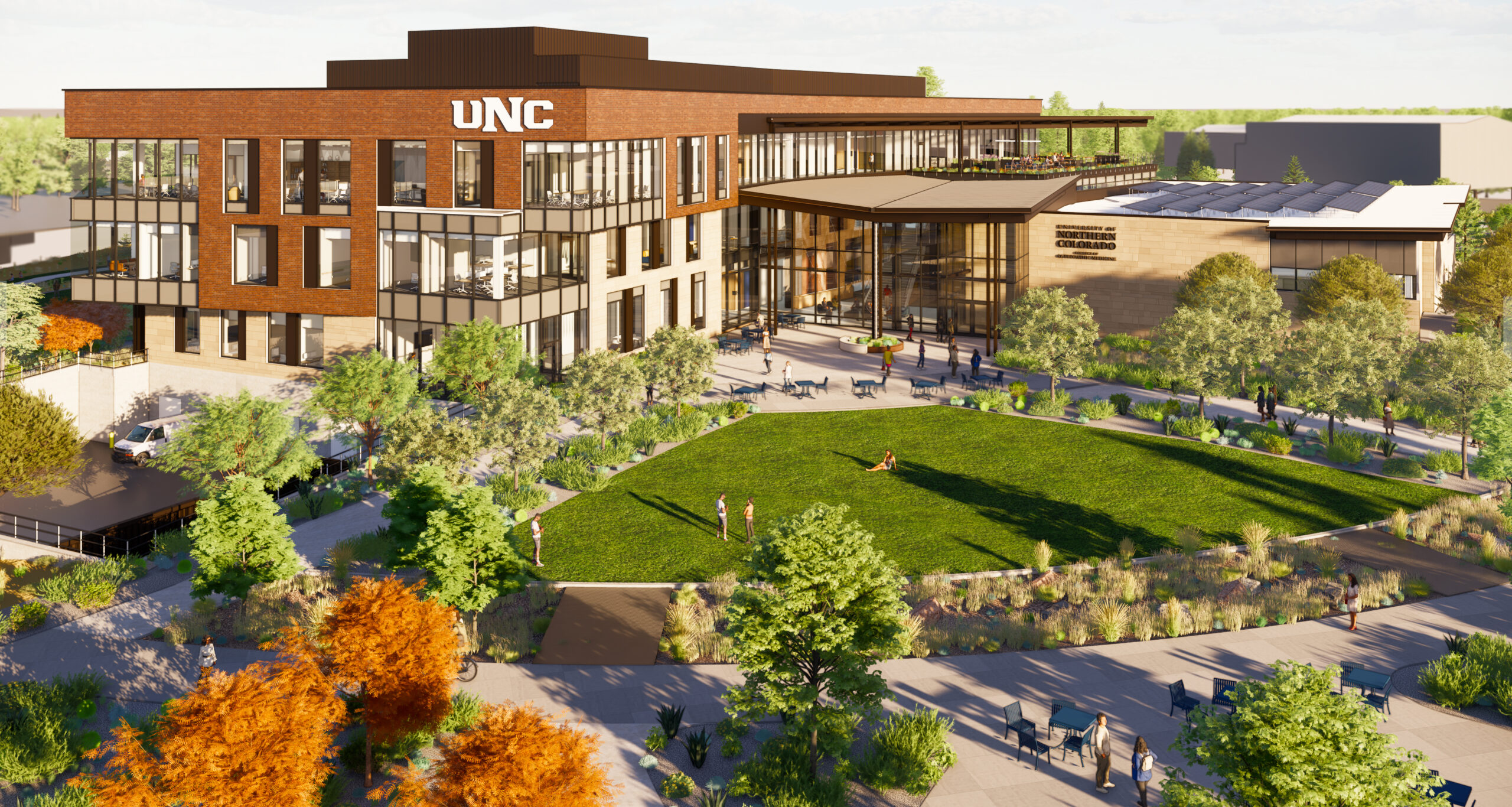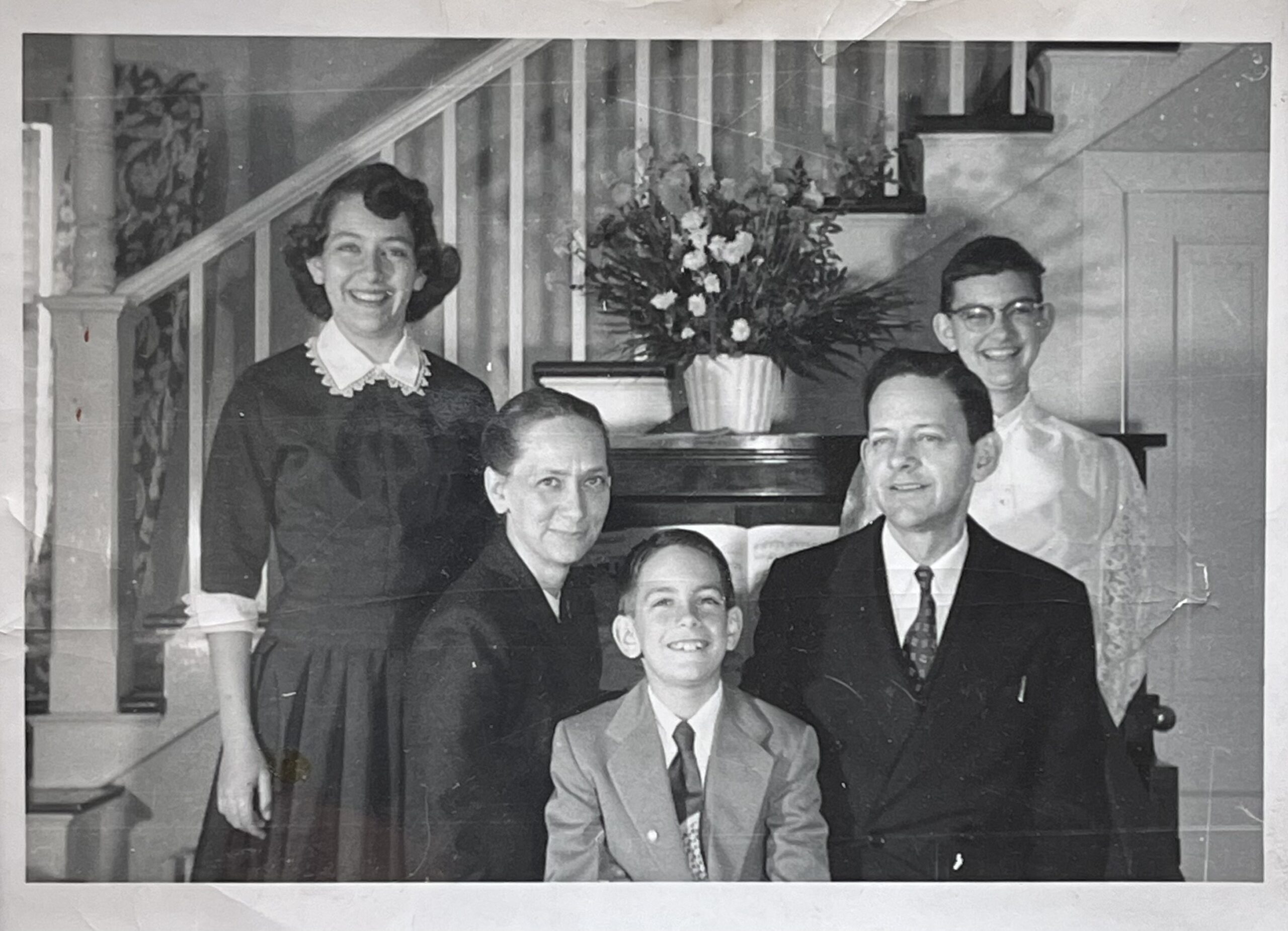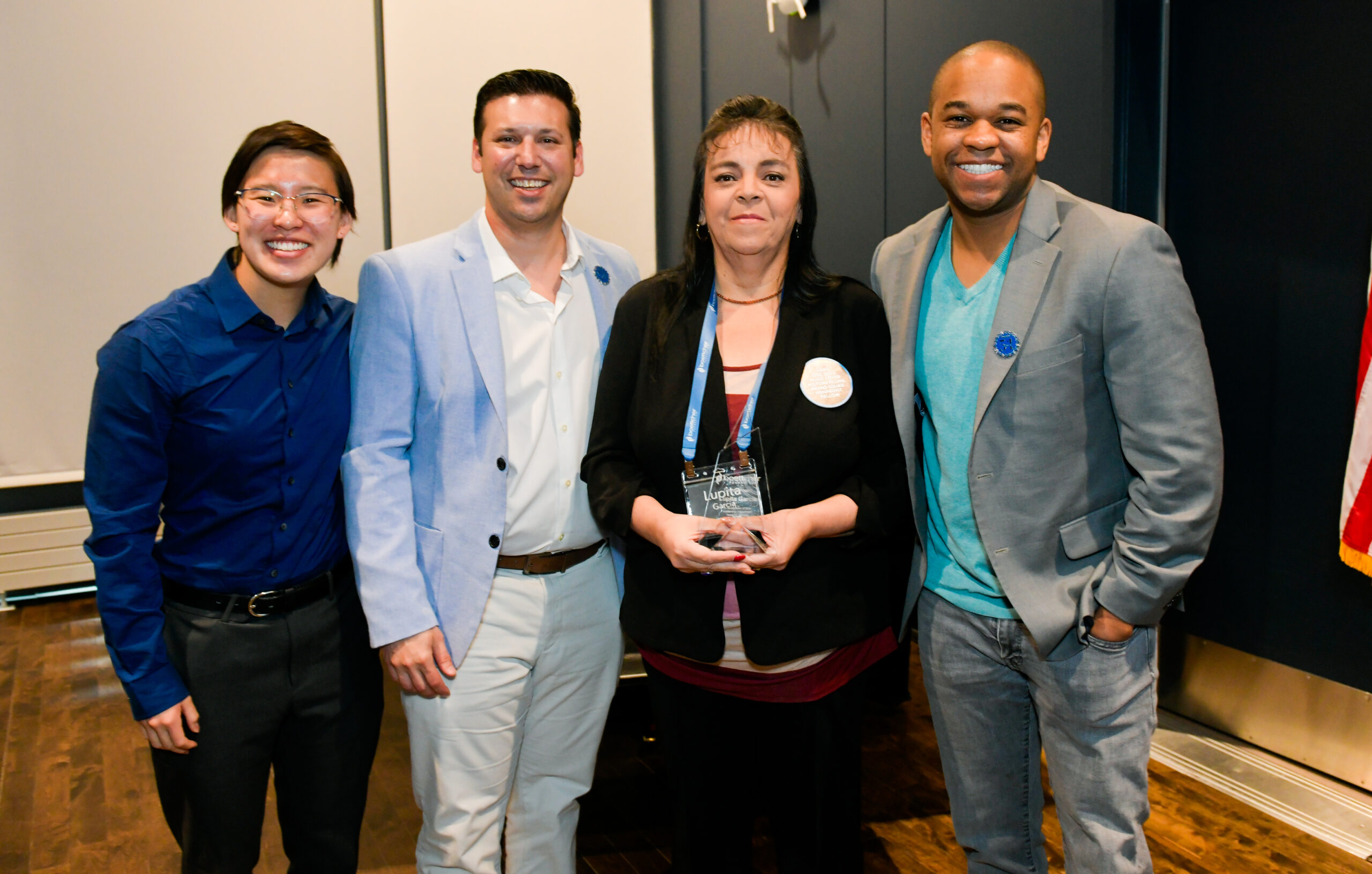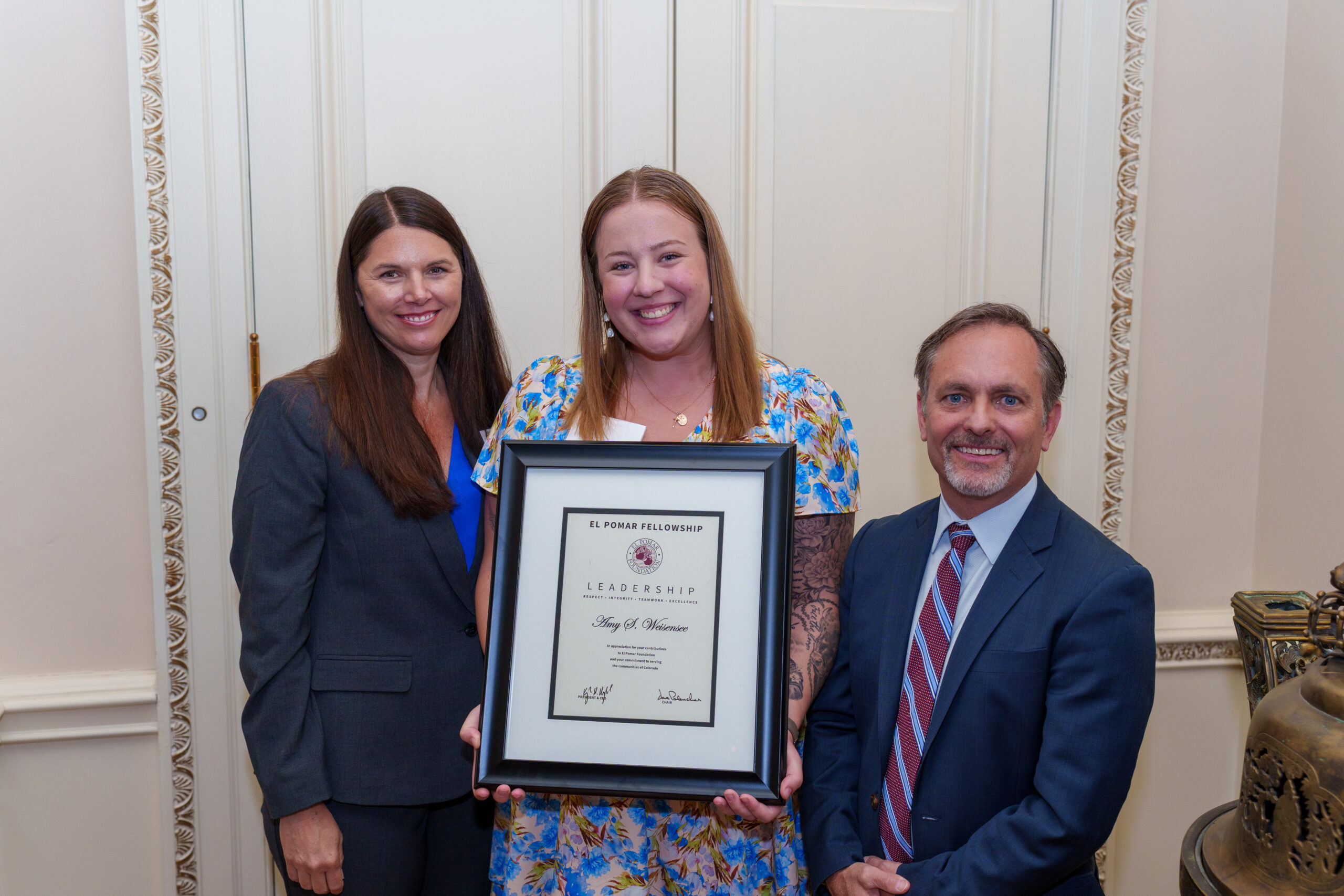At the University of Northern Colorado (UNC), a bold new chapter in Colorado’s medical story is beginning to take shape. With the support of individuals, state and community leaders, and corporate and foundation donors, UNC is preparing to open its proposed College of Osteopathic Medicine next year — an ambitious effort aimed at addressing a significant need in the state: a severe physician shortage, especially in rural areas.
Dr. Beth Longenecker, dean of the proposed College of Osteopathic Medicine, knows firsthand the challenges and rewards of rural medicine. Raised in a Pennsylvania town of under 2,000 people, she grew up watching her father — a rural osteopathic doctor — care for neighbors who were more like extended family.
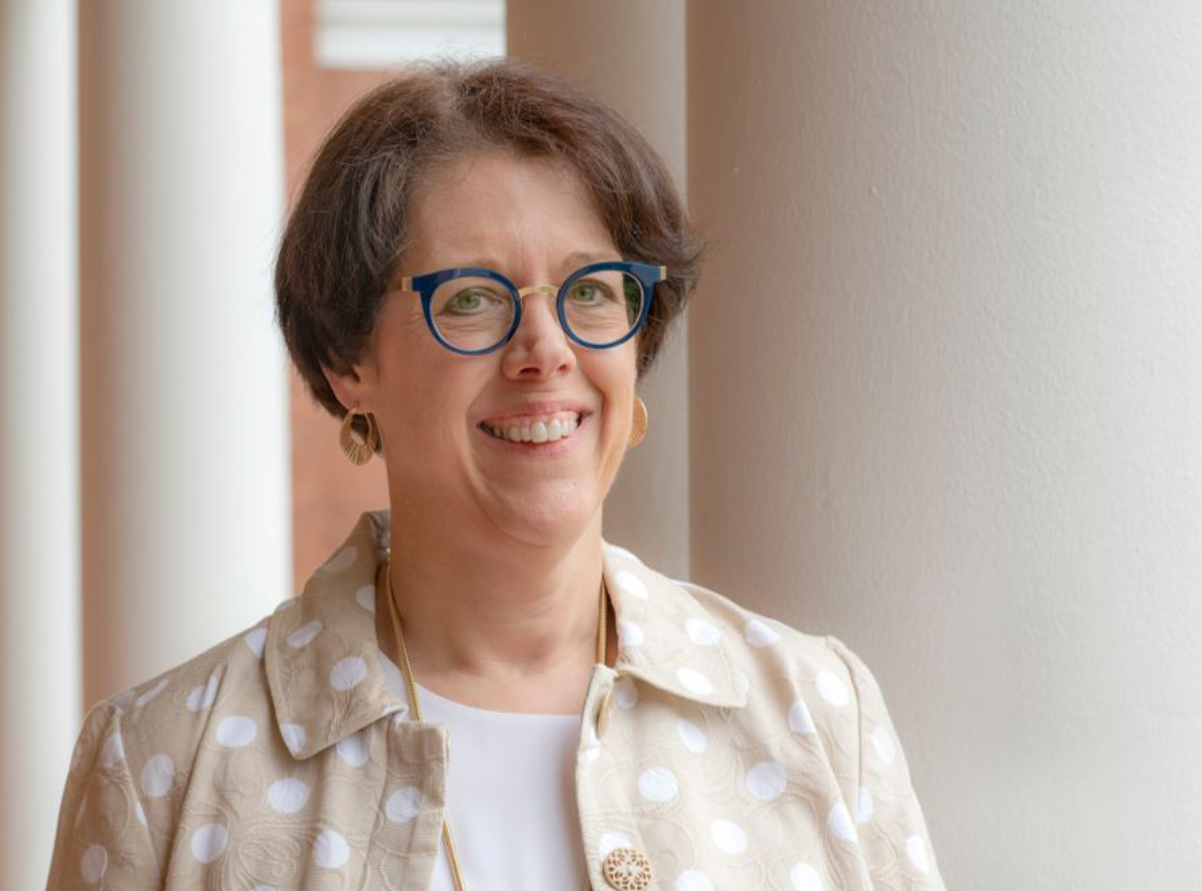
“I got to see firsthand what it was like being the town doctor,” she recalled. “We were 25 miles from the nearest hospital. It was personal, and it was essential.”
Longenecker’s early experiences laid the foundation for a career that spanned emergency rooms from the Bronx to Miami and eventually led to academic leadership roles across the country.
Now, she’s bringing her experience and passion to Colorado, leading a new medical school that is grounded in service, equity, and community care. Under her leadership, the college is on track to welcome its first class in the fall of 2026.
A Timely Response for A Critical Need
According to the American Association of Medical Colleges, the U.S. is projected to face a shortage of up to 86,000 physicians by 2036. Aligned with this trend, a Colorado Health Institute study found that Colorado is short 2,500 doctors — 1,700 of whom are needed in primary care. The shortage hits rural communities the hardest, as less than 10% of Colorado’s physicians currently practice in rural areas. In the Eastern Plains counties of Cheyenne, Elbert, Kit Carson, and Lincoln, there are more than 5,600 residents per full-time primary care physician.
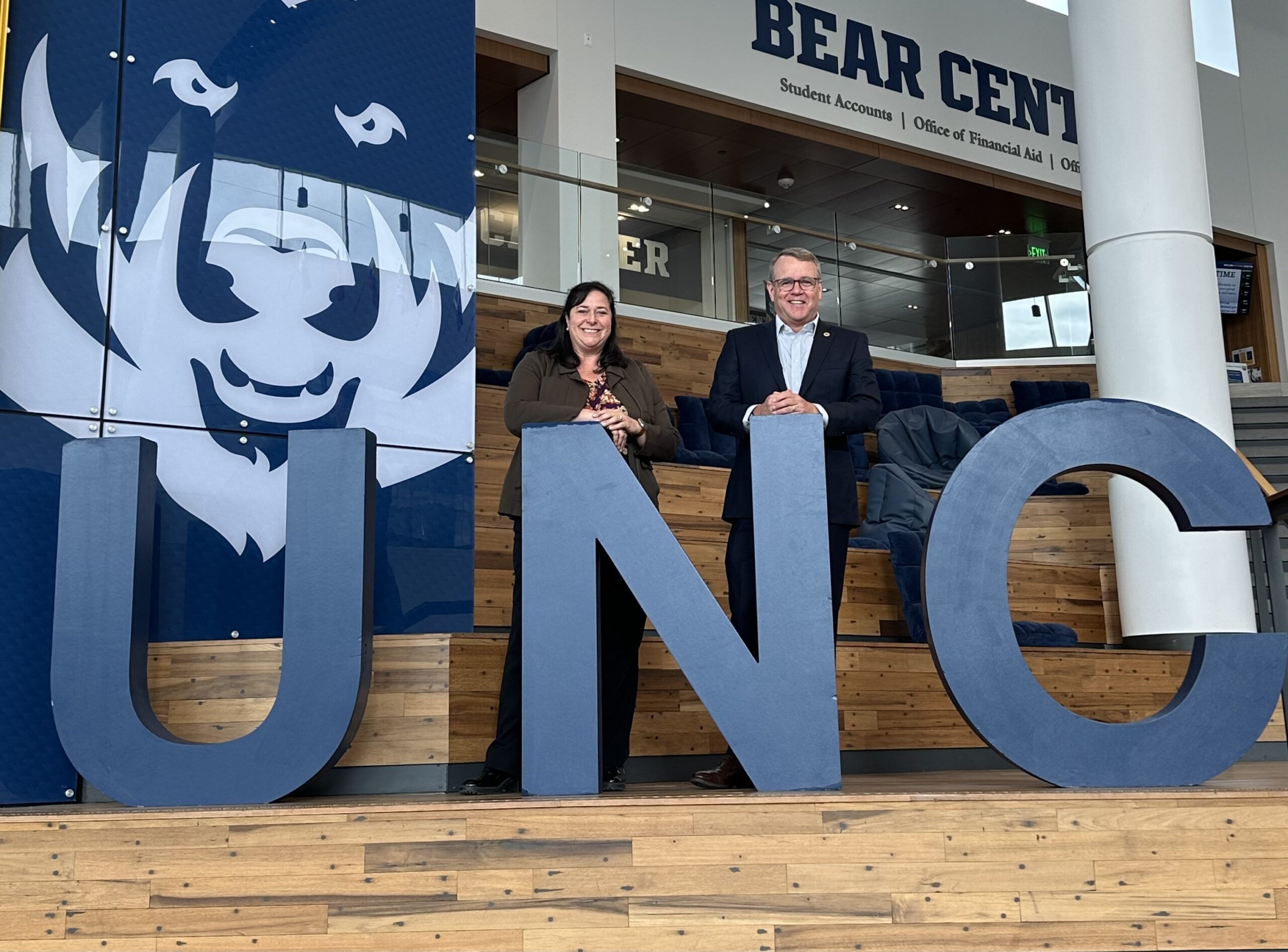
UNC President Andy Feinstein sees the new medical college as a natural extension of the university’s mission and feels hopeful that UNC can play a role in addressing physician shortages in Colorado.
“The University of Northern Colorado’s ambitious vision to open a medical college on our campus was spurred on by the critical shortage and growing demand for doctors across the state and nation,” said Feinstein. “Just as we did in 1889 when we opened our doors as a teacher’s college, we’re answering the call again.”
UNC’s response to this call is a college dedicated to osteopathic medicine that, with its focus on holistic practices, is known for producing doctors who tend to pursue careers in primary care.
The American Osteopathic Association states that more than half of DO graduates enter primary care fields like family medicine and pediatrics.
While Longenecker acknowledged the strong work other Colorado medical institutions are doing to meet the state’s physician shortage, she also understands the reality that the demand for physicians is high.
“There are only two medical schools in Colorado, and they’re graduating less than 400 students a year combined,” said Longenecker. “That simply isn’t enough, especially not when nearly 40% of our doctors are 55 or older.”
Intentionally Design for Impact
From its inception, the UNC College of Osteopathic Medicine has been intentionally designed to address the physician shortage, particularly in rural and underserved areas. In an effort to do this, the program has secured partnerships with hospitals across the Eastern Plains, where students will complete their clinical rotations during their third and fourth years.
“We’ve been on the ground, visiting these communities, forming relationships with hospitals and health systems,” Longenecker said. “We’re not just dropping students in — we’re building a sustainable pipeline.”
The pipeline Longenecker references includes not just training more doctors, but retaining them. Research from the Association of American Medical Colleges suggests that nearly 60% of medical students who complete their residency in one state are far more likely to stay and practice. That makes developing additional residency slots and rural training tracks essential.
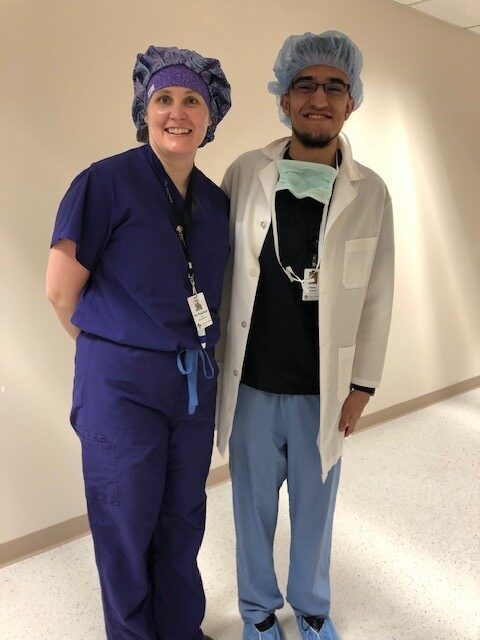
Dr. Lindsey Paulson, a family physician in Wray, knows how critical that investment is. She practices full-spectrum family medicine — delivering babies, managing chronic disease, covering the ER — and has helped train both medical students and residents through her hospital’s rural residency program.
“People think of rural medicine as a career path, but it’s really a lifestyle,” said Paulson, a Boettcher Foundation Trustee. “You’re the doctor 24/7. You run into patients at the grocery store. It’s hard, but it’s also deeply rewarding.”
Paulson has seen firsthand how under-resourced many rural hospitals are. Maternity care deserts (counties where access to maternity health care services is very limited or absent) are growing; some Eastern Colorado hospitals have recently closed labor and delivery units altogether. When that happens, patients are forced to travel hours for care.
“Brush, Sterling, Wray — these are some of the last places in Eastern Colorado still offering full maternity services,” she said. “When a facility shuts down, the pressure on the rest of us increases. And without more doctors, especially family doctors, it’s unsustainable.”
Meeting Medical Students Where They Are
Longenecker and her team are building a college of future physicians that not only serve communities, but also reflect them. UNC is already known for serving first-generation college students, students of color, and students from under-resourced backgrounds. That inclusive mindset is shaping the admissions strategy for the new medical college as well.
“We want to admit students who have the potential to be great physicians, even if they don’t have the highest MCAT score or the most polished resume,” said Longenecker. “Too often, cost and access are barriers. We’re committed to removing as many of those as we can.”
That includes keeping the MCAT threshold accessible, investing in student support, and designing a curriculum that reflects how adult learners thrive, such as through collaboration, case-based learning, and real-world application.
To support this hands-on learning, the college’s new 100,000-square-foot building, which is currently under construction, is expected to open in 2026. It will house high-tech classrooms, a state-of-the-art simulation center, a cadaveric and virtual anatomy lab, and welcoming student spaces.
“Our curriculum also includes public health, social determinants of health, and identity formation — how who you are shapes how you practice medicine,” said Longenecker. “We want students to become not just excellent doctors, but thoughtful, community-centered ones.”
A Public University with a Purpose
Another unique element of UNC’s new college is that it will be one of only a handful of public osteopathic medical schools. Among the 40+ osteopathic medical schools in the US, only seven are public, with UNC becoming the eighth.
“This matters,” said Longenecker. “Being a public university allows us to leverage resources in a way that benefits our students — whether it’s financial literacy workshops from the business school or nutrition courses from the health sciences department. That kind of interdisciplinary collaboration is hard to replicate elsewhere.”
It also means that UNC’s medical college is set up to serve a broader demographic — and, in turn, a broader range of communities. Dr. Paulson acknowledges the power of this.
“Every community deserves doctors who look like them, who understand them,” said Paulson. “When I was growing up in the San Luis Valley, people would say, ‘I hope you come back and take care of us.’ Not because I had a resume full of accolades — but because I was one of them. That trust matters.”
Investment for the Long Haul
Building a medical school is no small feat. Currently, UNC is going through the accreditation process, which consists of securing over $40 million in escrow funding, readying 120% of clinical rotation slots before enrolling the first cohort of students, and hiring a robust faculty and support staff.
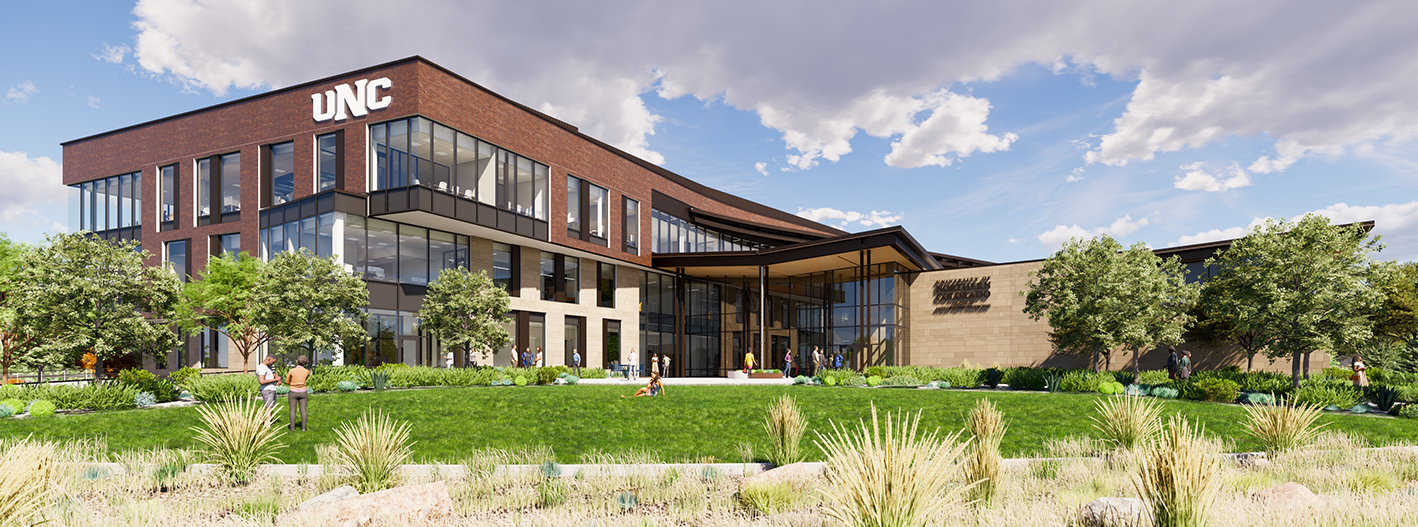
“I’m grateful for the state and philanthropic partners who have helped make this possible,” said President Feinstein. “We expect the new college to generate $500 million in economic impact for Weld County over the next 20 years — and the human impact will be even greater.”
For Paulson, who serves on the board of the Colorado Academy of Family Physicians, that human impact can’t come soon enough.
“One great family doctor can do the work of three specialists. We need to stop thinking of primary care as a fallback. It’s the front line of health,” she said. “And we need the best and brightest choosing it.”
That’s the spirit of Boettcher.

